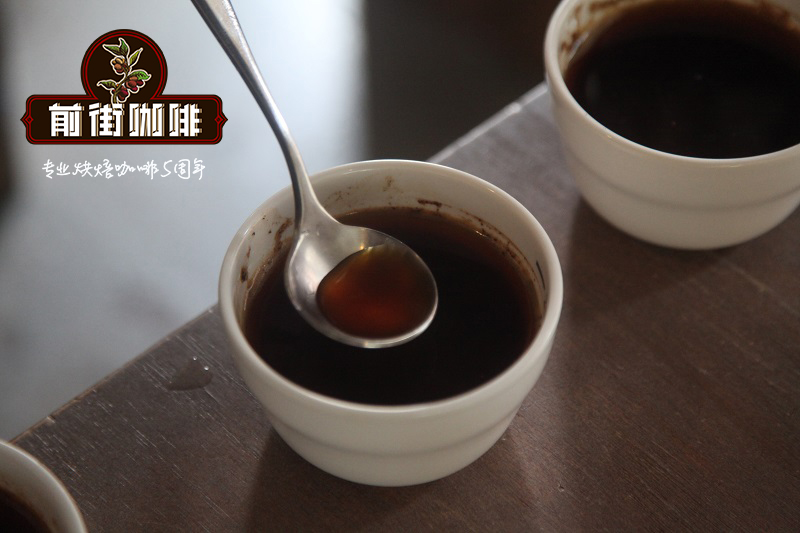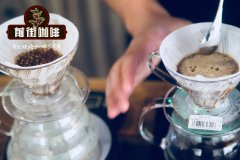Yemeni Coffee Bean planting History on the characteristics of Yemeni Coffee how to drink Yemeni coffee

Professional coffee knowledge exchange more coffee bean information please follow the coffee workshop (Wechat official account cafe_style)
For lovers who dabble in coffee slightly, when it comes to Yemeni coffee, it is easy to think of "mocha".
Yemen has a long history of growing coffee. By the early 17th century, Yemeni coffee beans began to be exported to Europe from the southwestern port of Mocha. Europeans called the coffee beans shipped from the port of Mocha "mocha coffee". Ethiopia, which is across the red sea from Yemen, later used the port of Mocha to export coffee beans, so that coffee beans treated in the sun in Ethiopia are often regarded as mochas.
Yemeni coffee is still grown in much the same way as it was five hundred years ago, almost all on mountain slopes as high as 3000 to 7000 feet. Due to the lack of rainfall, it is necessary to rely on the strong water retention capacity of coffee trees to survive the dry period. The bad growth conditions make the coffee beans smaller, but the hardness is quite high. The varieties of Yemeni coffee are also quite complex, including adzuki bean Ismaili and the ancient heirloom, as well as Adeni and Mattari.
Yemeni coffee is a kind of sun treatment, where the fruits are usually exposed to the sun on the courtyard or roof after harvest, and some of them are even harvested after being dried directly on the trees (this method is called floating).
Dried fruit must be ground and shelled. Today, Yemen still retains the ancient way of shelling stone, which is pulled by camels or donkeys.
There are many coffee producing areas in Yemen, of which Mattari in Bani Matar (Bany Mattar) province is the most famous and is also the highest quality coffee exported in Yemen.
In the early days, the port of Mocha, which was heavily responsible for export, had many names and spellings, such as Mocha, Mokka, Moca, Moka, Al-Mocha, Al-Makha. Wait. The port of Mocha was later abandoned due to siltation and is now exported from the eastern port of Aden and the northern port of Hedda (Hodeida).
The dry Arab soil and the lack of moisture in the air make the coffee beans growing here particularly hard and small, and because of the unique climate, the Yemeni mocha has an excellent level of taste, both wild but introverted and changeable. People fascinated by its ever-changing flavor praise Yemeni mocha as a precious Arab wine.
Qianjie cooking parameters are suggested:
V60According 1 Groupe 15 ℃ 90 min / cooking time 2 minutes
Flavor: grape juice, chocolate, caramel, spices.
Important Notice :
前街咖啡 FrontStreet Coffee has moved to new addredd:
FrontStreet Coffee Address: 315,Donghua East Road,GuangZhou
Tel:020 38364473
- Prev

Yemeni Coffee History Yemeni mocha Coffee description of Yemeni Coffee how to drink Yemeni coffee
Professional coffee knowledge exchange more coffee bean information please follow coffee workshop (Wechat official account cafe_style) Yemen is the first country to use coffee as a cash crop, legend has it that Muslim Sufi pilgrims were introduced from Ethiopia in the 6th century, the most correct spelling should be Al-Mahka, which is spelled in Arabic, growing on steep terrain with little rainfall and poor land ridges.
- Next

The difference between Jamaican Blue Mountain Coffee and Blue Mountain Coffee | how much is a cup of Jamaican Blue Mountain Coffee
Professional coffee knowledge exchange more coffee bean information Please follow the coffee workshop (Wechat official account cafe_style) mention drinking coffee, many friends will immediately say, give me a cup of Blue Mountain. Jamaican Blue Mountain Coffee has a high reputation, low production and a long history. It can be said that even if you have never tasted boutique coffee, you have heard of Blue Mountain Coffee. Blue Mountain Coffee is often seen on the market.
Related
- Detailed explanation of Jadeite planting Land in Panamanian Jadeite Manor introduction to the grading system of Jadeite competitive bidding, Red bid, Green bid and Rose Summer
- Story of Coffee planting in Brenka region of Costa Rica Stonehenge Manor anaerobic heavy honey treatment of flavor mouth
- What's on the barrel of Blue Mountain Coffee beans?
- Can American coffee also pull flowers? How to use hot American style to pull out a good-looking pattern?
- Can you make a cold extract with coffee beans? What is the right proportion for cold-extracted coffee formula?
- Indonesian PWN Gold Mandrine Coffee Origin Features Flavor How to Chong? Mandolin coffee is American.
- A brief introduction to the flavor characteristics of Brazilian yellow bourbon coffee beans
- What is the effect of different water quality on the flavor of cold-extracted coffee? What kind of water is best for brewing coffee?
- Why do you think of Rose Summer whenever you mention Panamanian coffee?
- Introduction to the characteristics of authentic blue mountain coffee bean producing areas? What is the CIB Coffee Authority in Jamaica?

